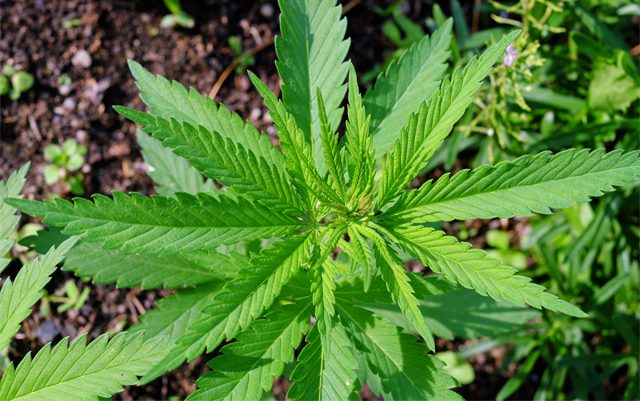“We are stardust, We are golden, And we’ve got to get ourselves, Back to the garden”
Woodstock, by Joni Mitchell
Now that we’ve covered all the macro and secondary plant nutrients, let’s spend the next few weeks exploring micronutrients. As the name implies, micros are required in only very small amounts by Cannabis plants for health and vigor, but these trace elements should never be completely ignored as deficiencies can ruin crops. Iron (Fe) is our planet’s most abundant element and is the micronutrient required in the greatest quantities, albeit small, by healthy growing Cannabis. While most of Earth’s iron is concentrated in the nickel-iron core, there is also plenty in the crust, but ironically (sorry, couldn’t resist) there is little on the surface due to rapid oxidation. A typical human body contains around 4 grams of iron, an element created during the final burning stages of high mass stars and distributed throughout the universe via supernova explosions.
Iron is required for the production of chlorophyll. Iron deficiency produces yet another variation of our old nemesis . . . chlorosis (yellowing). Since iron is not very mobile in plants, the newest young leaves of your Cannabis grow will exhibit yellowing first while the veins of affected leaves remain green, this is called interveinal chlorosis. There are several foliar or root feeding granulated or liquid solution remedy products available for general gardening as well as the Cannabis specialty marketplace containing iron chelates or iron sulfate as a quick fix. Half a pound to two pounds of chelate per acre is the recommended application for tomatoes; a crop I believe can serve as a reliable proxy for Cannabis in the absence of University research or Cooperative Extension publications due to Federal prohibition. Consider drilling holes in the soil for better penetration of your iron application to the roots.
But what about long term? Chances are you’ve actually got plenty of iron in your soil, but it is simply not in a form which is available to the roots of your Cannabis plants. Most often this is due to high pH, so symptoms of iron deficiency is your cue to test the soil or growing medium and correct adversely alkaline conditions. Adding compost and acid fertilizers, like manure, can help correct high pH, as can addition of sulfur-based products. Excessive amounts of other soil nutrients can also produce an adverse chemical reaction which essentially “locks up” a micronutrient like iron. An abundance of calcium, for instance can immobilize iron in the soil as can over-application of phosphate, manganese, copper, or zinc. Over-watering can leach iron out of the soil, literally washing away this and other vital nutrients. Salt build-up, usually from well water irrigation or overdoing the heavily advertised Cannabis nutrient pre-mixes, can interfere with plant vascular systems and prevent uptake or transport of vital minerals. Soil compaction can limit a root’s ability to do its job; be certain not to walk on the growing medium within the drip-line.
A word of caution about Ironite mineral supplement 1-0-1 which is sold in nearly all U.S. big box garden centers. The ingredients label looks quite promising with 20% iron (powdered iron and iron sucrate) plus a bonus helping of calcium, sulfur and several types of beneficial microbes. The iron in Ironite is processed from waste material (tailings) generated by the Iron King Mine in Arizona. Several state agencies and the EPA have found small but alarming levels of the heavy metals lead and arsenic in this product. In 1997 Ironite was banned in Canada. Please don’t use Ironite on your Cannabis grow.
Any advice and opinions about the cultivation of Cannabis offered by Bruce N. Goren are his own and do not represent the University of California or the Master Gardener Program.







No..Ironite 1-0-1 is cleaner than most fertilizers:
Arsenic: < 0.100 Cadmium: < 0.100 Mercury: 0.00112 Lead: < 0.100 Nickel: < 0.100
http://oda.state.or.us/dbs/heavy_metal/detail.lasso?-op=eq&product_id=7126
According to Oregon Department of Agriculture, it is not waste derived either (waste derived is actually what we call recycled)
See here, and there’s plenty more where that came from:
https://archive.epa.gov/research/nrmrl/archive-lrpcd/web/html/ironite.html